How circular economy businesses grow fast: throw a better party, and other top tips
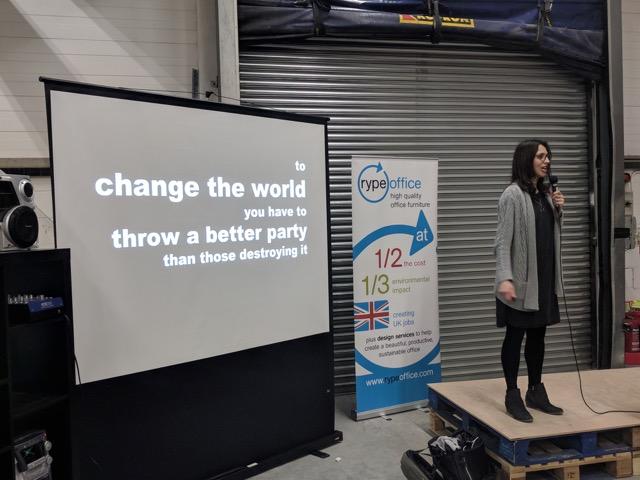
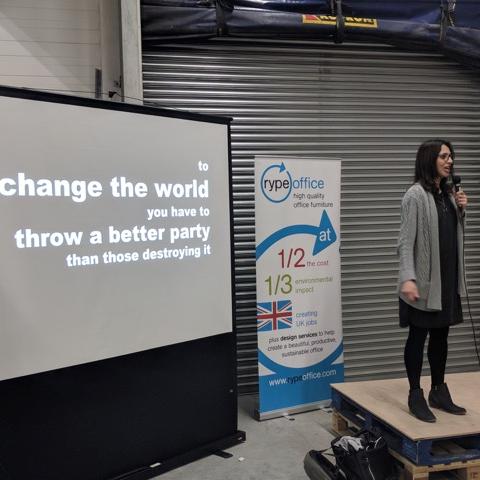
“To change the world, you have to throw a better party than those destroying it.”
So says Louisa Ziane, Chief Brand and Finance Officer at Toast Ale, the company that makes beer using surplus bread and donates its profits to campaign against food-waste.
She and four other inspirational circular economy business leaders took to the stage recently at Circular Economy Club (CEC) London’s event, Fast Five, held at the new co-working space, Sustainable Bankside to showcase some of the UK’s most successful rapid growth circular businesses.
They shared insights, triumphs and challenges of rapidly growing successful businesses from circular principles while tackling major world problems such as food waste and resource management head on. It seems no one told these business leaders that you couldn’t do everything at once.
Adam Woodhall of Inspiring Sustainability was compere for the evening of presentations and Q&A, with securing investment and managing growth emerging as major themes.
Securing investment, donating profits
Louisa Ziane talked about the importance of remaining true to Toast’s principles—one of which is to donate all profits to charity—while securing the investment they needed to grow. The company used crowd funding in 2017 to support its expansion into the US and has just secured a second round of investment here in the UK.
While their own brand is growing fast through direct sales and partnerships with breweries, a desire to disrupt the market remains at the heart of the business and competitors are positively encouraged to join the food-waste fight at any level. An indication of this transparency is a stale-bread-homebrew recipe on their web site. Signs of their growth include being able to find their beer on supermarket shelves in Tesco and Waitrose.
Trillion-dollar opportunity
Winnow is another business focussed on tackling food waste and driving industry change. Its technology improves efficiency in commercial kitchens, helping to avoid wasteful over-production. “Solving the problem of food waste is a trillion-dollar opportunity,” said Marc Zornes, Winnow’s founder.
According to Marc, the key to their success with customers and investors is a strategy that focuses on big players in the sector and the tangible economic value that their technology delivers; typically, a 2% increase in profit margin. From a standing start in 2013, their solution has now saved £11.5 million in over 1000 kitchens with customers all over the globe including Anchor Hotels, Compass Group, Carnival and IKEA.
Shampoo bottles made from beach waste
Terracycle has grown by 28% in two years to a turnover of £32M by “eliminating the idea of waste”. As Anders Warrer, the company’s Social media and Digital Content Manager explained, Terracycle takes hard to recycle materials, the stuff that other recycling companies avoid because it is technically difficult or too mixed-up, diverts it from landfill and creates a return on investment in the process.
“Innovative recycling projects can be used to create value,” said Anders. Like the Terracycle project to make bottles for Head & Shoulders shampoo from plastic beach waste; the bottles and associated marketing campaign are helping the brand to increase shelf-space and visibility in supermarkets, and drive sales.
Circular offices
Greg Lavery’s company, Rype Office, is growing apace through a combination of economic value and deep-seated circular principles. His high quality remanufactured office furniture is cheaper to buy than new, allowing the company to create innovative and stylish office fit-outs at a fraction of the cost and environmental impact of a conventional buy-new approach. It is a simple, common sense idea that chimes well with organisations of all sizes and shapes. Not surprising then that Rype customer base is growing exponentially and their new investment round is already 75% subscribed.
Hiring guitars and toasters
Managing resources better is also the driver for Library of Things, which set out from small beginnings to “Make borrowing better than buying”. Sophia Wyatt is one of three directors who run the business with help from local volunteers at the two community-based hubs they operate in London, where you can hire anything from a guitar to a sandwich toaster for just a few pounds.
It is an idea that is taking off. It is early days but Library of Things has plans for 10 hubs in the city by 2021 and expressions of interest from more than 100 communities all over the world. “It is important to scale at your own pace,” said Sophia.
What is inspiring about all these businesses is the clarity of purpose that runs through everything they do and a dedication to the circular principles on which they are based.
Securing investment and managing growth are familiar challenges for all fast growth businesses but, for these leaders, success does not mean compromise. From beer to office furniture, commercial kitchens and shampoo bottles, they are all convincing examples of how circular economy business models are delivering environmental and social benefits and commercial success.
Photo caption: Louisa Ziane - Chief Brand and Finance Officer at Toast Ales
Tech upgrade needed for local charities to receive corporate donations


Small local charities are receiving lower donations from UK companies than large high-profile causes even though they concentrate on community needs and are hit more heavily by external factors such as cuts in government spending and charitable grants.
The disparity was highlighted by The Good Exchange, a non-profit body that links givers with beneficiaries, after a poll of 201 CSR managers in the first three months of 2018. The solution, however, may be in the office computer.
Three quarters of managers agreed the cuts made corporate and employee fund-raising more important to local charities but only 20 per cent of donations was contributed to them, compared with 42 per cent to national causes.
The National Council for Voluntary Organizations points out that 40 charities, or 0.2 per cent of the total, represent 18.4 per cent of all contributions, while 144,000, or 87 per cent, have an annual income below £500,000 ($708,000, €573,000).
Ed Gairdner, The Good Exchange chief operating officer, offered an explanation: “Smaller charities and charitable initiatives provide essential support within communities that are dealing with the impact of years of local government cuts.
“However, they are missing out on vital corporate funding as they simply cannot compete with the big national charities when it comes to generating awareness of their funding needs and having the time and skills to identify and build relationships with the decision-makers in business who decide which charities to give money to.”
The burden of the paperwork and administration involved is one obstacle, and many managers find it difficult to obtain detailed information about individual charities when choosing which ones to support.
The technology that does the job for managers could be the answer, suggested Gairdner.
He said: “Matching technology enables businesses and their fund-raising employees to work more effectively with the charitable industry to rapidly and proactively identify and provide funding to those in need, even if they do not know each other.
“We believe it has a vital role in levelling the playing field for the distribution of charitable funds locally, regionally and nationally, but with, importantly, less administrative effort.”
And this, he concluded, is “ultimately to the benefit of us all”.
Mondi Aligns Sustainable Paper and Packaging Strategy with SDGs
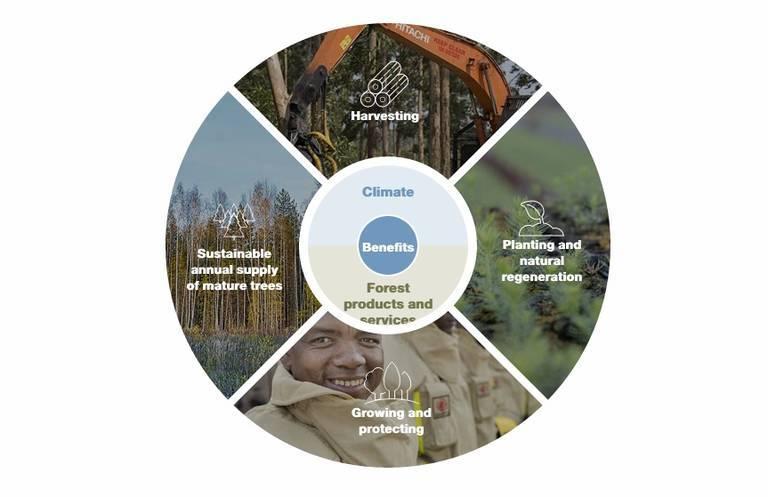
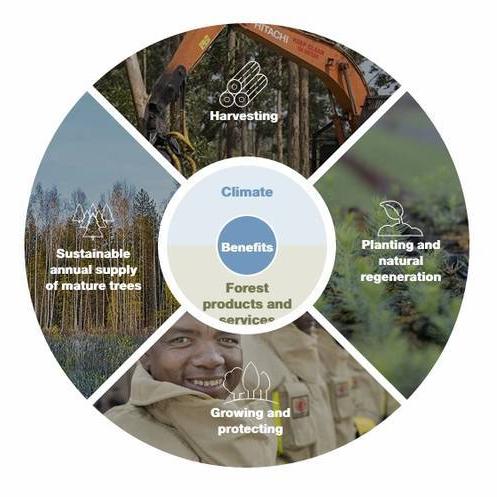
Mondi, the Vienna-based international packaging and paper group, has invested an impressive €41.7m ($51.2m, £36.4m) in community projects during the past five years. Of this, €9.6m was contributed last year.
The company, which has 24,400 employees at 102 centers in more than 30 countries, proudly records the figures in its annual report just published.
Mondi’s aims and attainments, listed in the report as evidence of its strong links with the UN Sustainable Development Goals, range from employee and contractor safety through climate change measures to creating value for customers.
In Partnering for Change, the sustainability part of its 2017 reporting, the company assesses how it is using its model known as Growing Responsibly to achieve significant improvements in the aspects of sustainability that are most relevant to its business and its stakeholders.
Altogether 829,900 hours were reported to have been covered by training of employees and contractors during the year, 37 per cent of that time dedicated to safety and health.
Another aspect of the company’s policy on its workforce is emphasized in its stance on gender. Its overall workforce is now 22 per cent female, and 25 per cent of its board members are women.
On materials, Mondi says 65 per cent of the fuel for its mills comes from renewable biomass-based sources, and 71 per cent of wood procured is certified by the Forest Stewardship Council or the Program for the Endorsement of Forest Certification.
On waste, 18 per cent less of the company’s specific refuse has ended up in landfill since 2015.
On environmental protection, Mondi says 25 per cent of the forest land in its ownership is set aside for conservation.
Peter Oswald, the group chief executive, reflects: “As we further embed sustainability into our global operations and ensure delivery against our long-term strategic business objectives, transparent and collaborative relationships and partnerships remain key, both across our business and beyond.”
Illustration: Mondi
The future of women – global uncertainties


Over the last year women have been succeeding in spotlighting issues and arguing for their rights: from harassment and #metoo, #timesup and the rights to equal pay and equal access in education, the workplace, and the boardroom. A focus on a truly equal future for women is now high on the list of global challenges.
This article on insights from our recent book – The Future Reinvented – Reimagining, Life, Society and Business to examine how business and society can adjust to ensure a more positive future for women, focusing on critical agenda issues as we see them.
Benefits of increased participation of women
Looking at the forces shaping our world, it is clear that society could benefit significantly from the increased participation of women in technology development, elected governmental roles, and higher education. To take one example before integrating artificial intelligence (AI) into our social systems and institutions we need a better understanding that even an algorithm can be racist or sexist. A new book Algorithms of Oppression, by Dr. Safiya Umoja Noble, provides critical thinking about the broader social implications of the technology sector.
If automated systems, including those powered by AI, are representations of those who created them, then maybe those systems need to represent the gender split in society. More women in fields such as programming machine learning could help create a gender balance within our intelligent technologies.
Evolving workplace roles
In the workplace one view is that both women and men’s roles are evolving. Work is changing because of the different economic and technological drivers, for example remote and gig working. The evolution of work has cross-gender impacts. Nations should look to follow Iceland’s fair pay example and eliminate the idea that women and men at work deserve different treatment.
In some places the evolving role of women in the workplace is engendering a more confident, empowering attitude. Women are taking control of their workplace situations and actively tackling inequalities. A variety of studies suggest that women’s confidence when asking for a raise or promotion is growing steadily. Women are realizing that change starts from within and these small changes can have a major impact on their work environment.
Many envisage a future where much of the work of creating products and services will be automated. A more human approach focusing on relationships between businesses and customers could become a critical differentiator. Hence, the focus might shift to competences and values that are typically thought of as feminine e.g. collaboration, relationship development, and empathy.
Challenges for women professionals
Women professionals face the continuing challenge of leading a household and maintaining a career. Societal pressure to “have it all,” however, may be taking a new shape. Women from the millennial generation have not married or reproduced at the same levels as their predecessors. Hence, in the future a woman’s versatile balancing act across personal and professional roles may not necessarily be due to motherhood, but a choice made for personal fulfillment.
Cultural norms vary significantly across the world, but evidence on the rise of women in business and more prominent in society is clear, for example, in Asia. Yet, even in the developed world, we still see institutional discrimination. The cultural and deep-rooted context for discrimination is likely to take some time to clear and is only likely to change through a combination of active campaigning, legislative change, behavioural modification, and generational trends.
Will the man-woman divide persist?
The gap is a big one. In 2017, The World Economic forum estimated that, at current rates, it will take 217 years to close the gap on pay and employment opportunities. They also estimate that the broader gender gap - taking account of factors such as healthcare, education, and participation in politics – has risen from 83 to 100 years.
If we define “the man-woman divide” as sexual dimorphism, e.g. that our differences extend beyond just our physical organs, then certainly it seems likely that this will continue. The man-woman divide will probably persist though the roles of each gender might become more similar. There could be fewer men or women-oriented services, products or roles. This might be the beginning of the next era where, in 20 years from now, the man-woman divide might become much less perceptible.
The ability to manage risks and challenges
Is society responsible for preparing women for the risks and challenges of the future? How should we help them respond to economic shocks, the failure of social institutions, and the challenge of adapting to the automation of work - potentially displacing many jobs? Perhaps the best way to do this is by increased participation in and completion of post-secondary education by women worldwide.
The myth that men are more prone to taking risks and overcoming challenges than women has been debunked by psychological research. We now know that these differences depend of the type of risky behaviors we include in the research questionnaires. We are all capable of developing these risk taking capacities depending on the experiences we have had and the situations we face.
Tackling the future
In a world increasingly dominated by technology, women need to adjust their expectations of this growing force in society. Even though we encounter abundant conventional wisdom that says humans will be replaced by technology, this is a line pushed by the technoprogressives with a vested interest, and women, in particular, shouldn’t fall for it. The future, especially one highly imbued with AI, needs humanity, and especially women, more than ever.
The future is waiting for women to take on any leadership role where they feel they can contribute to society. The world as we know it is changing, and now is the time to evolve a new generation with higher expectations of what women can do. The critical challenge here is for women to believe in themselves and encourage other women to do so as well.
In five years
In five years we hope more countries will adopt gender-blind wage policies like Iceland and we will see women participating in at least half of the leadership roles in the political and business worlds. We hope to see better legislation to protect women’s health and access to education.
ABOUT THE AUTHORS
Rohit Talwar, Steve Wells, Alexandra Whittington, April Koury, and Helena Calle are from Fast Future which publishes books from future thinkers around the world exploring how developments such as AI, robotics and disruptive thinking could impact individuals, society and business and create new trillion-dollar sectors. The latest books from Fast Future are: ‘Beyond Genuine Stupidity - Ensuring AI Serves Humanity’, and ‘The Future - Reinvented: Reimagining Life, Society, and Business’. And their forthcoming book is ‘500 Futures’. See: www.fastfuture.com
Circular Economy Strategy for Packaging Adopted by Nestlé
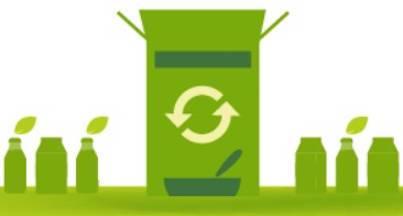

Nestlé, the world’s largest food company, is to make all its packaging recyclable or reusable by 2025.
The Swiss multinational, whose products include chocolate, breakfast cereals, coffee, soft drinks and soup, intends that eventually none of its packaging will end up in landfill or as litter.
The company says it decided on these objectives largely because so much packaging now pollutes seas, oceans, waterways and other areas of the planet.
During the next seven years Nestlé aims to cut out non-recyclable plastics, encourage the use of more plastics that are recyclable, and ditch or change the complex mix of packaging materials.
In efforts to develop a circular economy Nestlé will help authorities and businesses to operate efficient collection, sorting and recycling schemes in countries where it manufactures and trades, and will combine with industry associations and supply chain partners to explore packaging methods that reduce plastic use, to facilitate recycling and to find new ways of phasing out plastic waste.
It will label its plastic packaging with recycling information telling consumers how to dispose of it responsibly and will promote a market for recycled plastics by continually increasing the amount used in its own packaging.
Nestlé chief executive Mark Schneider said: “Plastic waste is one of the biggest sustainability issues the world is facing today. Tackling it requires a collective approach.
“We are committed to finding improved solutions to reduce, reuse and recycle.”
In a related move, Aldi, the German-owned discount supermarket group with more than 10,000 stores in the UK, mainland Europe, Australia and China, is to use only recyclable, reusable or compostable packaging for its own-brand products by 2022.
As part of its green policy Aldi will scrap plastic carrier bags, charged at 5p each under government regulations, by the end of this year. Customers will be offered bags for life and 9p reusable bags instead.
UK research company Delineate has just issued poll results stating that 35 per cent of British consumers are seriously worried about progress in the battle against plastic waste.
Photo: Nestlé
Inspiring Sustainability Podcast: Generating Good Governance
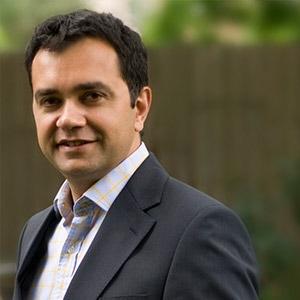

Ian Joseph, the CEO of Trustees Unlimited, a leading resource of trustees and board roles for not-for-profits, had a fascinating conversation with Adam Woodhall about the benefits of good governance, avoiding Napoleon’s and finding where the magic happens.
Beginning life as a church minister, Ian Joseph has had an eclectic career. He moved from being a pastor to working with those experiencing homelessness and drug addiction, and then took an interesting step into being a head hunter. His heart was still in the right place however, as he continued working in the charity sector, recruiting the CEO's of numerous charities such RSPCA and National Autistic Society. As well as being a father of three, Ian walks the talk himself as a trustee of a charity.
Listen here or subscribe to any of your favourite podcast app for the "Inspiring Sustainability" series.
UK business leads in boards with climate change policies
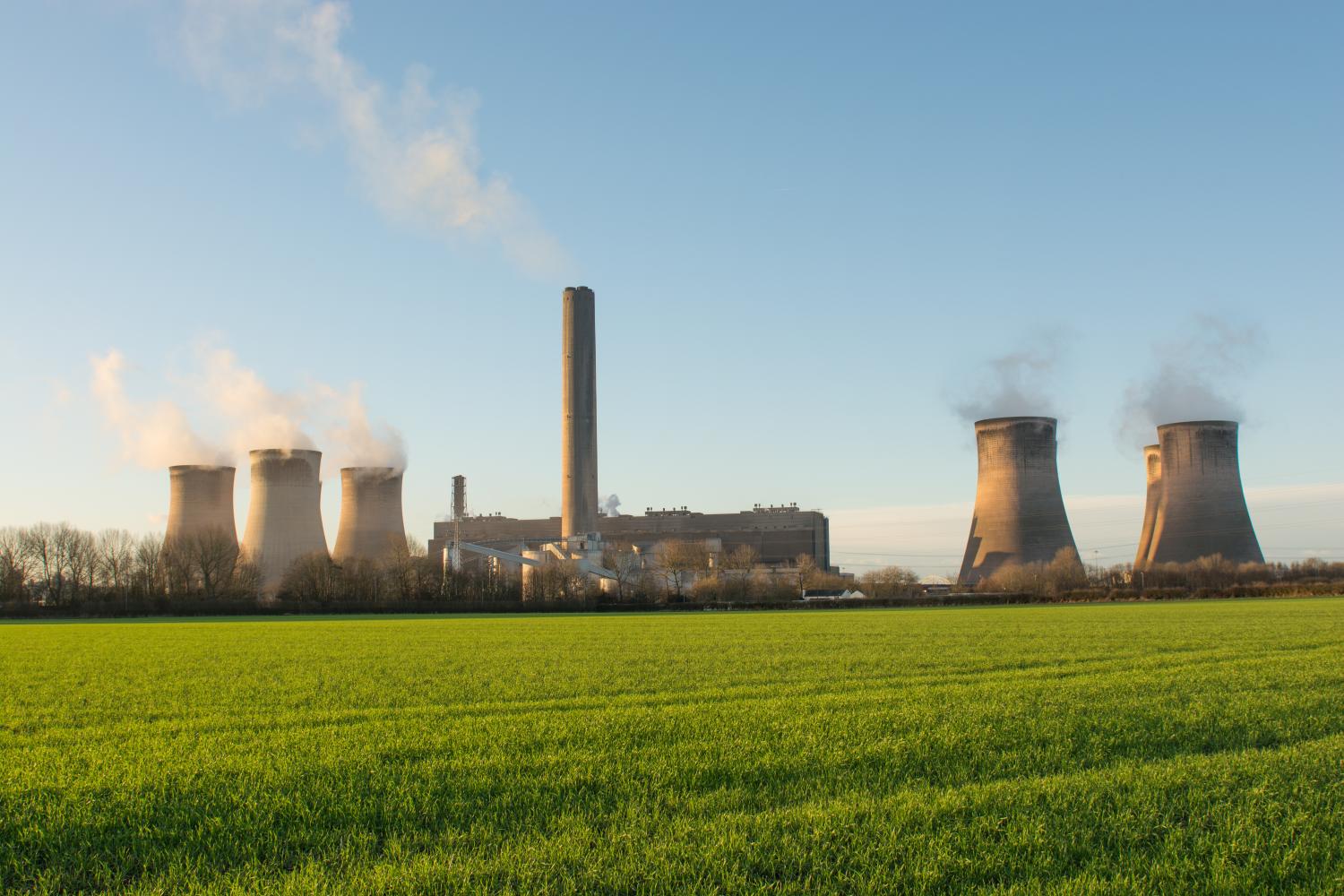

More company boards oversee climate change measures in the UK than in any other country, a wide-ranging survey has revealed.
Altogether 96 per cent watch over the policies, says the report, and 97 per cent of UK companies, the highest proportion among the countries surveyed, disclose Scope 1 emissions, covering fuel combustion, vehicles and unintended gas release, and Scope 2 emissions, or purchased electricity, heat and steam.
However, only 17 per cent of financial companies were found to declare Scope 3 emissions – from all other sources – and only 35 per cent of companies will use carbon pricing from next year.
The research, into 1,681 companies in 14 countries and eleven sectors, was conducted by the London-based Carbon Disclosure Project, or CDP, which encourages large corporations to state their environmental impact, and the Climate Disclosure Standards Board, the CDSP, also with headquarters in London, which lobbies corporates to equate natural capital with financial capital.
One significant finding is that although a welcome majority of companies overall have board oversight of climate-related issues, only 10 per cent provide financial incentives for directors to manage the risks and opportunities.
The largest percentage of companies offering incentives was found in Germany.
Companies in the UK, France and Germany lead in giving information across three of the four areas of governance, risk management, metrics and targets stated by the Task Force on Climate-related Financial Disclosures, which was formed by Mark Carney, Governor of the Bank of England, and Michael Bloomberg, founder of New York’s Bloomberg global financial services group, to help investors to understand their financial exposure to climate risk and to guide businesses on disclosure.
In China the healthcare and financial sectors lagged behind in all four categories, and the country had the lowest percentage of companies disclosing greenhouse gas emissions.
Despite these shortcomings, the researchers advised the industry to expect improvements as new mandatory reporting policies come into effect in China this year and more businesses are thought likely to adopt carbon pricing next year.
In North America, the US had the lowest proportion using and preparing to use carbon pricing, 15 and 9 per cent respectively, and, at 66 per cent, the lowest percentage of companies with board oversight.
Canada had the lowest percentage offering the incentives, at 2 per cent, and the second lowest proportion providing low-carbon products or services enabling avoided emissions, at 54 per cent.
Jane Stevenson, the CDP’s task force engagement director, said: “Overall, we see there is a surface level of preparedness from companies globally to have board level oversight of climate risk and opportunity.
“Key drivers are investor action, company reputation and consumer reaction to climate risk.
“What we are not seeing is increased governance translating into climate change mitigation – 2018 is the year when companies need to step up climate action as we approach a tipping point.
“Fundamental to this is driving board level engagement with climate risk throughout the organisation.”
Simon Messenger, the CDSP managing director, observed: “This analysis shows that the financial implications of climate change are now firmly on companies’ doorsteps and should be integrated in company-wide processes.
“It is now time to set up clear strategies to tackle companies’ exposure to climate risks and seize new economic opportunities.
“It is also clear that the management of environmental issues can no longer be the sole responsibility of sustainability teams. It needs to be a priority area for companies’ boards to ensure it is truly embedded into their strategic priorities.
“We are more than ever at a crunch point between systemically embedding a market failure or embracing a major opportunity to innovate and grow.”
UK and China join up to research new renewables
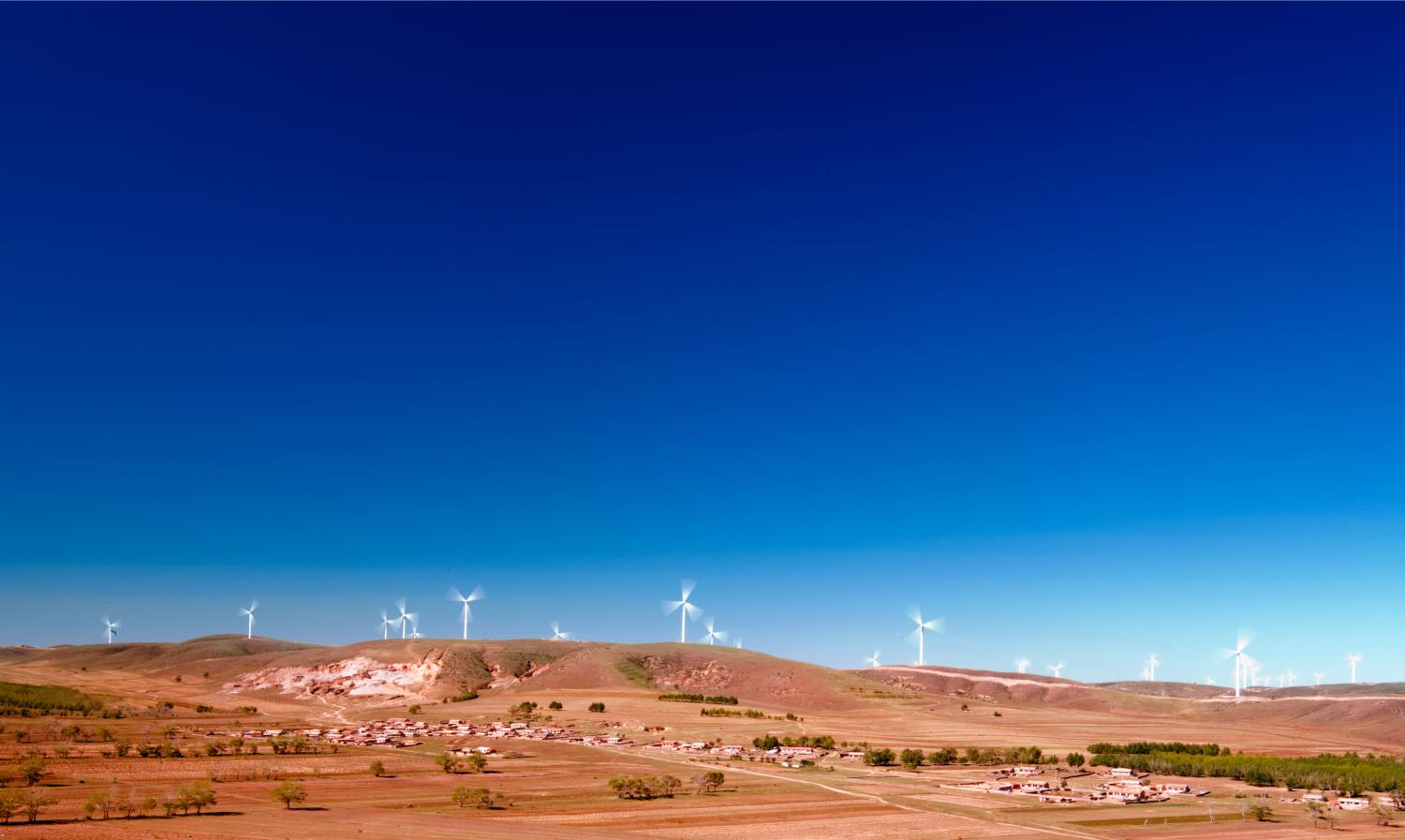
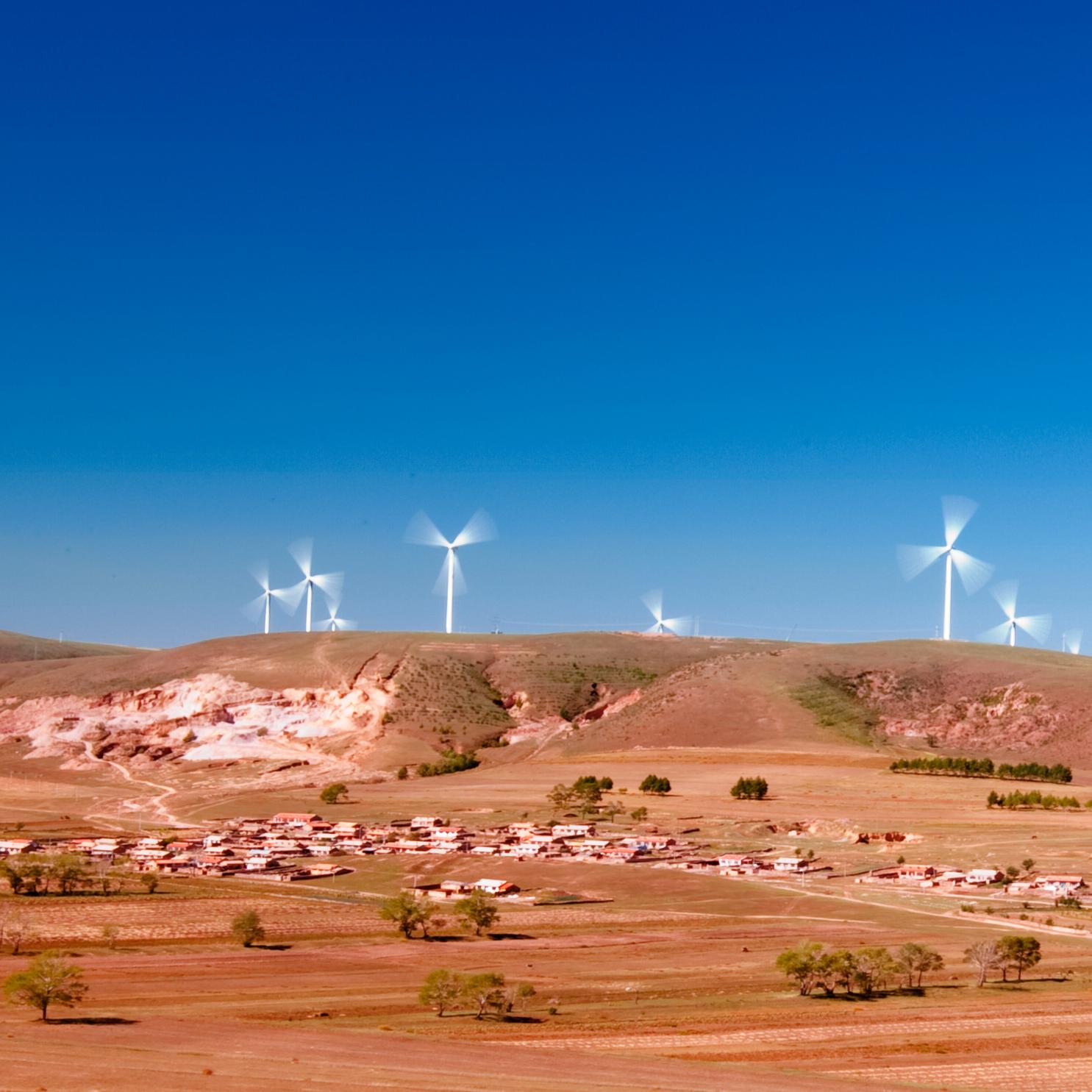
Five projects have been begun jointly by UK and Chinese government-backed experts to produce the next generation of offshore renewable energy technologies.
The programme, lasting three years, is tackling the challenges posed by offshore wind, wave and tide power to maximise their environmental and economic benefits.
The researchers hope to show where the best energy resources are available and where the new technologies will be most effective and to strengthen them to resist extreme events such as typhoons and earthquakes.
During their researches they aim to showcase the potential of offshore renewable energy to provide a stable power supply for island and coastal communities, particularly in China, and to find ways of reducing any uncertainty in drawing power from these alternative sources.
One project, led by Imperial College London and Zhejiang University in eastern China, is using data science and computing to help in the design of more economical offshore wind farms.
In another project scientists at Oxford and Shanghai Jiao Tong Universities are working on structural designs to increase the resilience of turbines to typhoons.
A third, led by Cranfield University and Harbin Engineering University in northern China, is considering how to lower costs in the building and operation of offshore installations.
The work is backed in the UK by the Engineering and Physical Sciences Research Council, the government funding body, and the Natural Environment Research Council, the main government agency for financing and managing research and training in environmental sciences. Support in China is provided by the National Natural Science Foundation.
The UK contribution is almost £4m ($5.6m, €4.5m). Figures are not shown for the Chinese funding.
Richard Harrington, the UK Energy and Industry Minister, said: “The UK is a world leader in offshore wind, which helps us meet our climate commitments while we grow the economy and create jobs.”
Professor Philip Nelson, chief executive of the Engineering and Physical Sciences Research Council, had high praise for the specialists involved: “These new projects bring together some of the leading minds in this field from the UK and China to increase our capacity to generate and distribute affordable, safe, clean energy.”
Dr Yang Wei, president of the Chinese foundation, spoke of the financial and anti-pollution benefits: “Further advancing China’s already world-leading renewable energy sector is an integral part of the country’s 13th five-year plan and will help to drive future economic growth and advance the cause of low-carbon development.”
Government data shows that in 2016, the latest year for which figures are available, 47 per cent of the UK’s electricity came from clean energy sources. Renewable sources, including wind and solar farms and hydroelectric dams and biomass, generated 25 per cent.
The Westwood Global Energy Group, a London consultancy, has predicted that offshore wind energy capacity throughout the world will increase fivefold in the next seven years.
UPS-led consortium installs new EV charging system
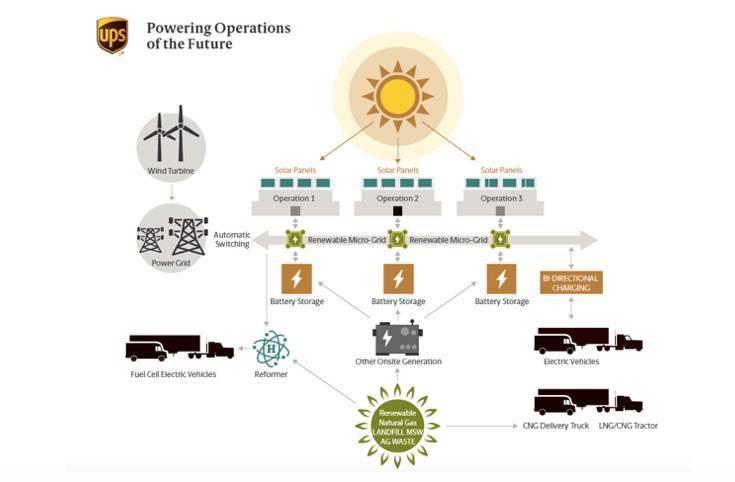

A new system allowing the recharging of a whole fleet of electrical vehicles without an upgrade to the power grid has been installed by a consortium led by UPS, the international logistics, carriage and delivery group.
The technology enables UPS to increase the number of vehicles at its central London site from 65 to 170, its entire fleet in the capital. The company says this marks the beginning of the end for reliance on combustion engine-powered vehicles.
The system embraces the use of second-life batteries, a conventional power upgrade, on-site storage, a smart grid, which involves smart meters and appliances and renewable, energy-efficient methods, and local power generation from solar and other alternative sources.
Peter Harris, UPS Europe’s sustainability director, said: “UPS thinks this is a world first, right in the heart of a mega-city.
“We are using new technology to work around some big obstacles to electric vehicle deployment, heralding a new generation of sustainable urban delivery services both here in London and in other major cities around the world.
“Electric vehicles are an integral component within UPS’s alternative fuel and advanced technology fleet.
“We are applying new technology to make the charging process smarter and our delivery service cleaner.”
UPS has developed the system with UK Power Networks Services, a sustainable energy company, and the Cross River Partnership, a public-private group set up to lead London regeneration projects.
Funding has come from the Office for Low Emission Vehicles, the UK government body encouraging the auto industry to manufacture environmentally acceptable products.
UPS first used electric vehicles in the 1930s and reintroduced them in 2001. Today it has more than 300 electric vehicles and nearly 700 hybrid versions in Europe and the US.
Tanja Dalle-Muenchmeyer, the Cross River Partnership’s electric freight program manager, said: “We need to find smarter solutions to electric vehicle charging if we want to benefit from the significant air quality and environmental benefits these vehicles offer, and we believe this is such a solution.”
Photo: UPS
Inspiring Sustainability podcast: Making sustainability happen


Interview with Tim Haywood, Finance Director and Head of Sustainability at Interserve PLC.
Interserve is one of the world’s foremost support services and construction companies of 80,000 people. They are in the FTSE250, with revenues of £3.6billion. After a career in finance, Tim joined the business six years ago as FD, and five years ago, took on the sustainability portfolio.
In a stimulating and engaging conversation, we talked about what inspired his interest in sustainability, favourite story, uncomfortable lessons and what inspires him about the future.
Listen here or search on your favourite podcast app for the “Inspiring Sustainability” series.